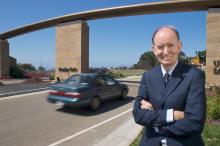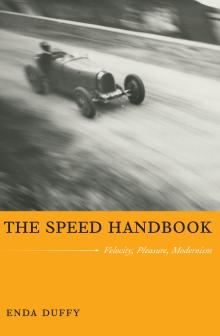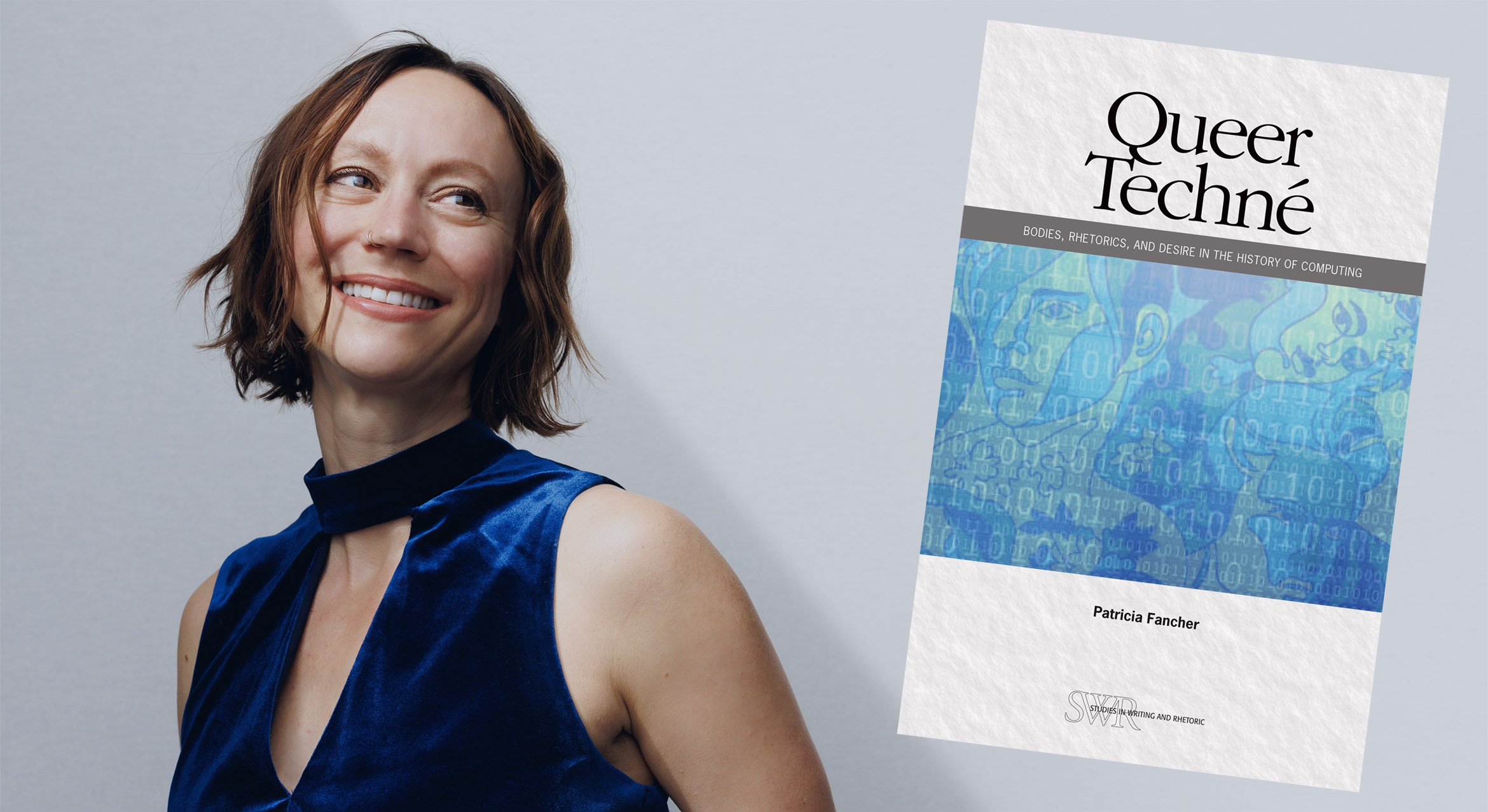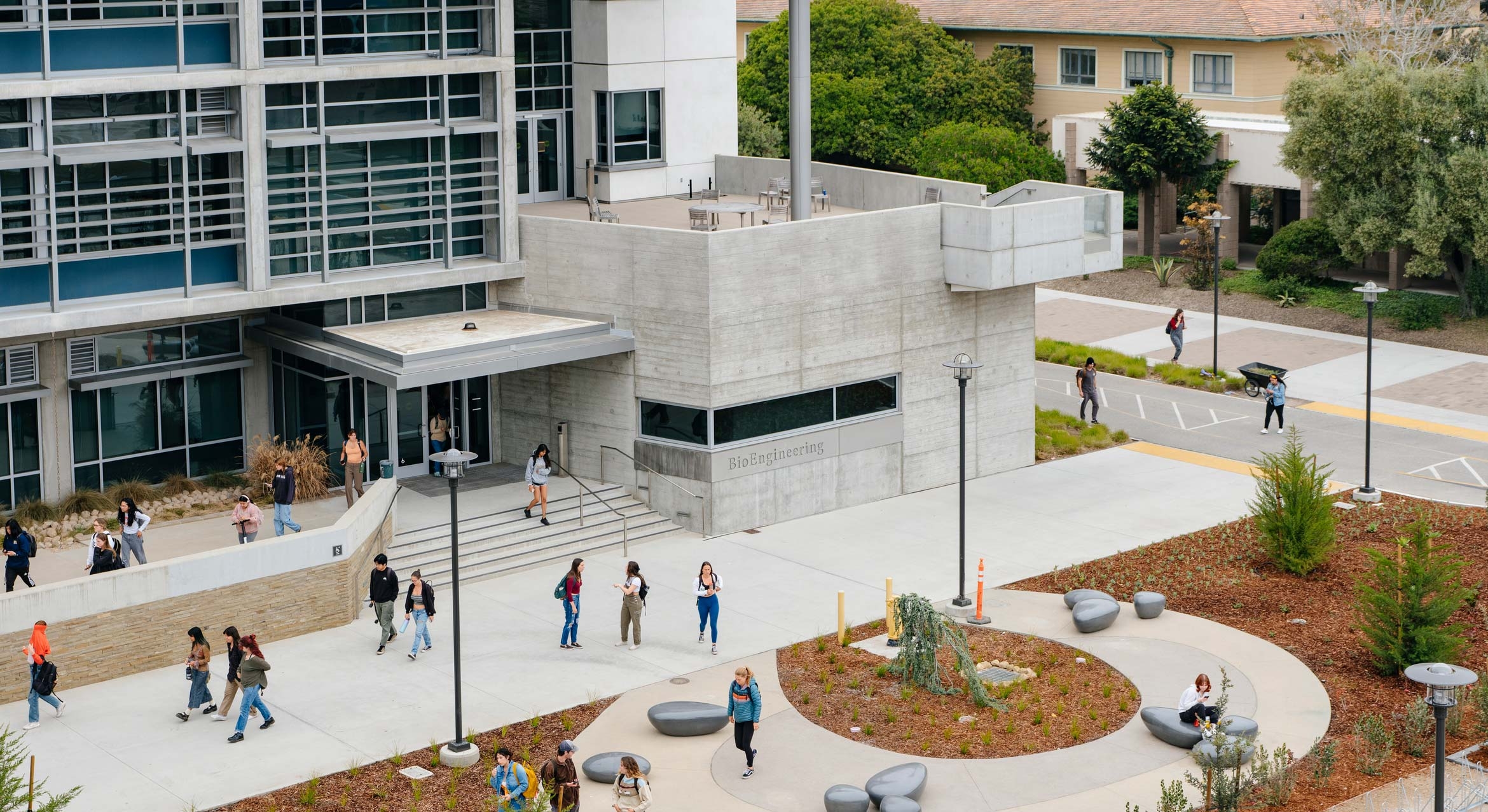

As fighter pilot Pete "Maverick" Mitchell walks across the tarmac toward his F-14 Tomcat in the 1986 film "Top Gun," he turns to his co-pilot and says, "I feel the need … the need for speed."
That thrill of acceleration, the adrenalin rush that comes from traveling at breakneck speed, has been a part of human consciousness since modern technology created the mechanisms that make going fast a possibility. In his new book, "The Speed Handbook: Velocity, Pleasure, Modernism" (Duke University Press, 2009), UC Santa Barbara English Professor Enda Duffy examines the cultural dynamics of speed, which he suggests have their roots in the birth of the automobile.
Why is the physical experience of driving fast so exciting? How has that experience infiltrated modern culture? These are the questions "The Speed Handbook" sets out to answer.
"Aldous Huxley in the 1920's wrote that the modern age has a slew of new inventions, but that none of them gives us an actual experience our ancestors didn't have," Duffy said. "All these things promised to give people new experiences, but they're basically just enhancing old ones. The only exception is driving fast. That seems to me truly like a physical thrill that my great-granddad could not have had."
In "The Speed Handbook," Duffy shows how the experience of speed is the quintessential experience of modern culture. With the mass-produced automobile, the experience of speed became a key route for individuals to experience the thrill of modernity for themselves. Checking out car culture in books ranging from F. Scott Fitzgerald's "The Great Gatsby," through J.G. Ballard's "Crash," to the cautionary consumerism of Ralph Nader's "Unsafe at Any Speed," Duffy describes "adrenaline aesthetics" –– the ways in which speed is shown as a seductive, hyper-physical rush –– and how that matters to our culture.
The book explores how speed changed the way people reacted to space, distance, chance, and to violent accidents. The experience of speed was marketed in the dawning era of mass consumption, and people were incited, even trained, to hate slowness. Duffy looks at how cinema, invented at the same time as the motorcar, trained people to see, hear, and sense the joys of speed.
Duffy theorizes speed as the new frontier that captured people's attention when all of the world's geography had been discovered. "If you read popular writing of 100 years ago, people were fascinated by the idea of explorers going off on voyages and finding new places," he said. "That stopped when the whole world had been mapped. There was a cultural shift from fantasies of far-away places to science fiction –– and now video games –– that was often about humans enhanced by technology who got to do things really fast. I'm saying that this is actually political because there was a shift in the way people thought about their place in the world."
Duffy considers, too, how speed quickly became something that was controlled and patrolled by the state, and changed how people related to the state in the process.
"At first, driving almost was a free-for-all," Duffy noted. "Then intersections and traffic lights were invented. And traffic laws –– including speed limits –– were established." The fastest cars tend to be the more expensive ones, he noted, and, therefore, are available only to those with financial means. "But speed limits serve as an economic equalizer," he said. "You get the really fast cars, but you aren't allowed to drive them fast," he said.
A native of Ireland, Duffy earned his Ph.D. at Harvard University and taught at Reed College and Wesleyan University before coming to UCSB. He is a specialist in modern literatures and cultures, postmodernism, Irish literature, and James Joyce. He is the author of "The Subaltern Ulysses" (University of Minnesota Press, 1994), a groundbreaking book on Joyce's politics, and of numerous articles on 20th-century culture.
Related Links



